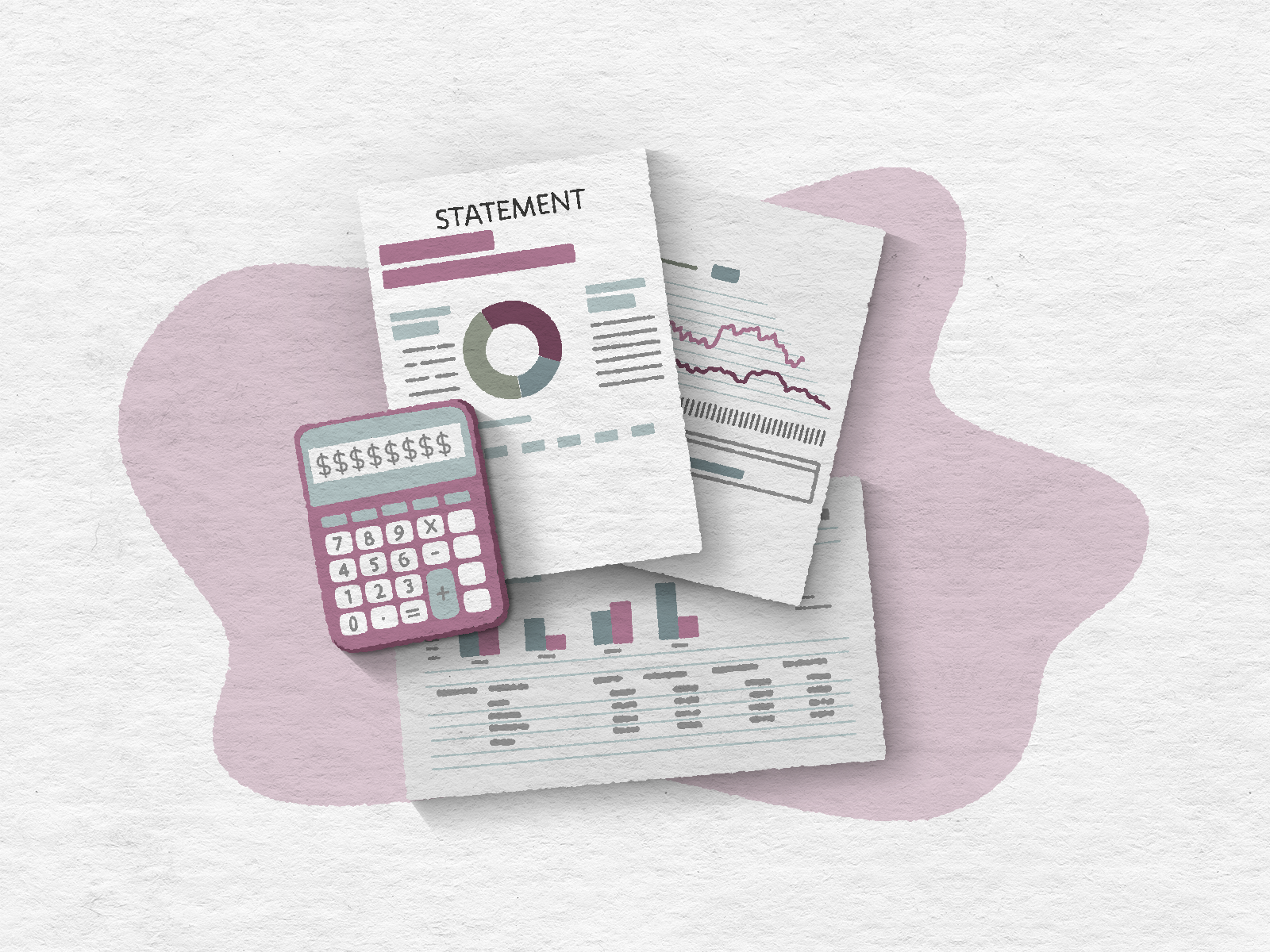The financial statements of a company can sometimes feel like a complex maze of numbers and overcomplicated jargon. Among these, the cash flow statement holds a significant position as it provides valuable insights into a company's financial health and cash management.
In this article, we will guide you through the process of reading and understanding a cash flow statement, unraveling its mysteries and empowering you to make informed financial decisions.
Step 1: Grasp the Purpose
Before diving into the details, let's understand the purpose of a cash flow statement. Essentially, it tracks the flow of cash in and out of a company over a specific period. It showcases how cash is generated from operating activities, invested in assets or projects, and obtained from or repaid to investors and lenders. By examining the cash flow statement, you can gain a deeper understanding of a company's cash position and its ability to meet financial obligations.
Step 2: Structure of a Cash Flow Statement
A cash flow statement is typically divided into three sections: operating activities, investing activities, and financing activities.
- Operating Activities: This section reports the cash flows resulting from a company's core operations. It includes cash generated or used from the sale of goods or services, payment of operating expenses, and changes in working capital (e.g., accounts receivable, accounts payable).
- Investing Activities: Here, you will find information about the cash flows related to investments in long-term assets or projects. It includes cash spent on purchasing or selling property, plant, and equipment, acquiring or disposing of investments, and lending or collecting loans.
- Financing Activities: This section details cash flows related to the company's capital structure and financing decisions. It includes cash obtained from issuing or repaying debt, issuing or repurchasing stock, and payment of dividends.
Step 3: Analyzing the Cash Flow Statement
Now that you understand the structure, it's time to delve into analyzing the cash flow statement:
- Positive or Negative Cash Flow: Pay attention to the net cash flow from operating activities. A positive number indicates that the company is generating more cash than it is consuming, which is generally a healthy sign. Conversely, a negative number might suggest financial difficulties.
- Cash Flow Trends: Compare the cash flow statement from different periods (e.g., year-over-year or quarter-over-quarter) to identify trends. Look for patterns such as consistent positive cash flow, improving or deteriorating cash flow, or volatility in specific sections.
- Cash Flow Ratios: Several ratios can help you assess a company's cash flow. For instance, the operating cash flow ratio divides cash flow from operations by current liabilities, revealing the company's ability to meet short-term obligations. Similarly, the cash flow to debt ratio compares operating cash flow to total debt, providing insights into a company's capacity to repay its debts.
- Non-Cash Items: Understand that not all transactions in a cash flow statement involve actual cash movements. Some entries might include non-cash items such as depreciation, amortization, or changes in accounts payable/receivable. These non-cash items are important to consider when analyzing the cash flow statement comprehensively.
Reading and understanding a cash flow statement is crucial for assessing a company's financial performance and stability. By following the steps outlined in this article, you can navigate the cash flow statement with confidence. Remember to consider trends, ratios, and non-cash items while analyzing the statement to gain a comprehensive view of a company's cash position. Armed with this knowledge, you can make informed investment decisions and evaluate the financial health of businesses with greater proficiency.











